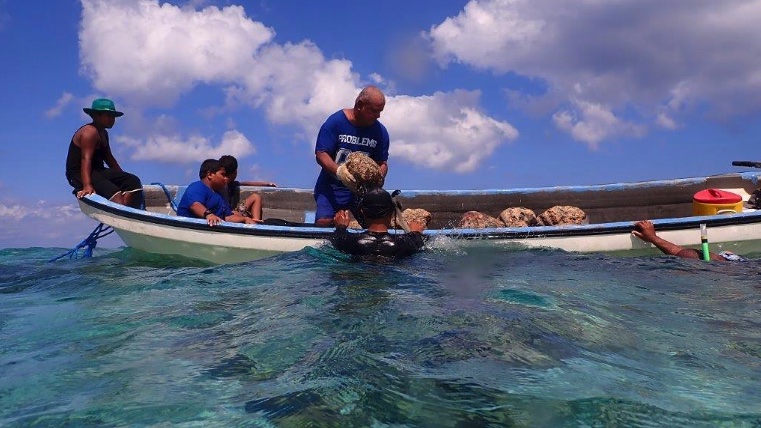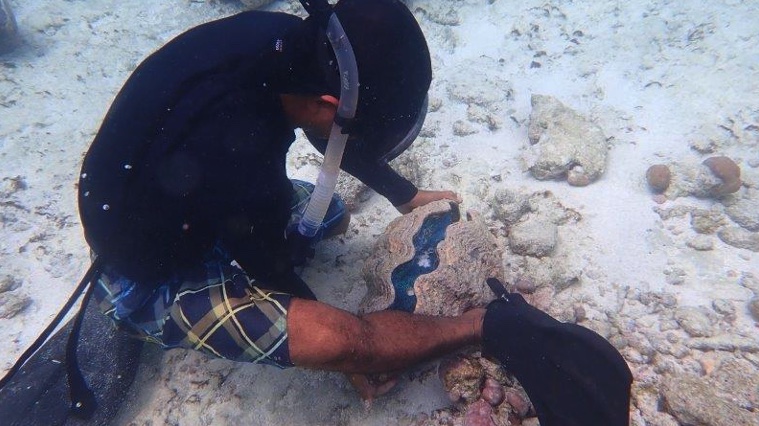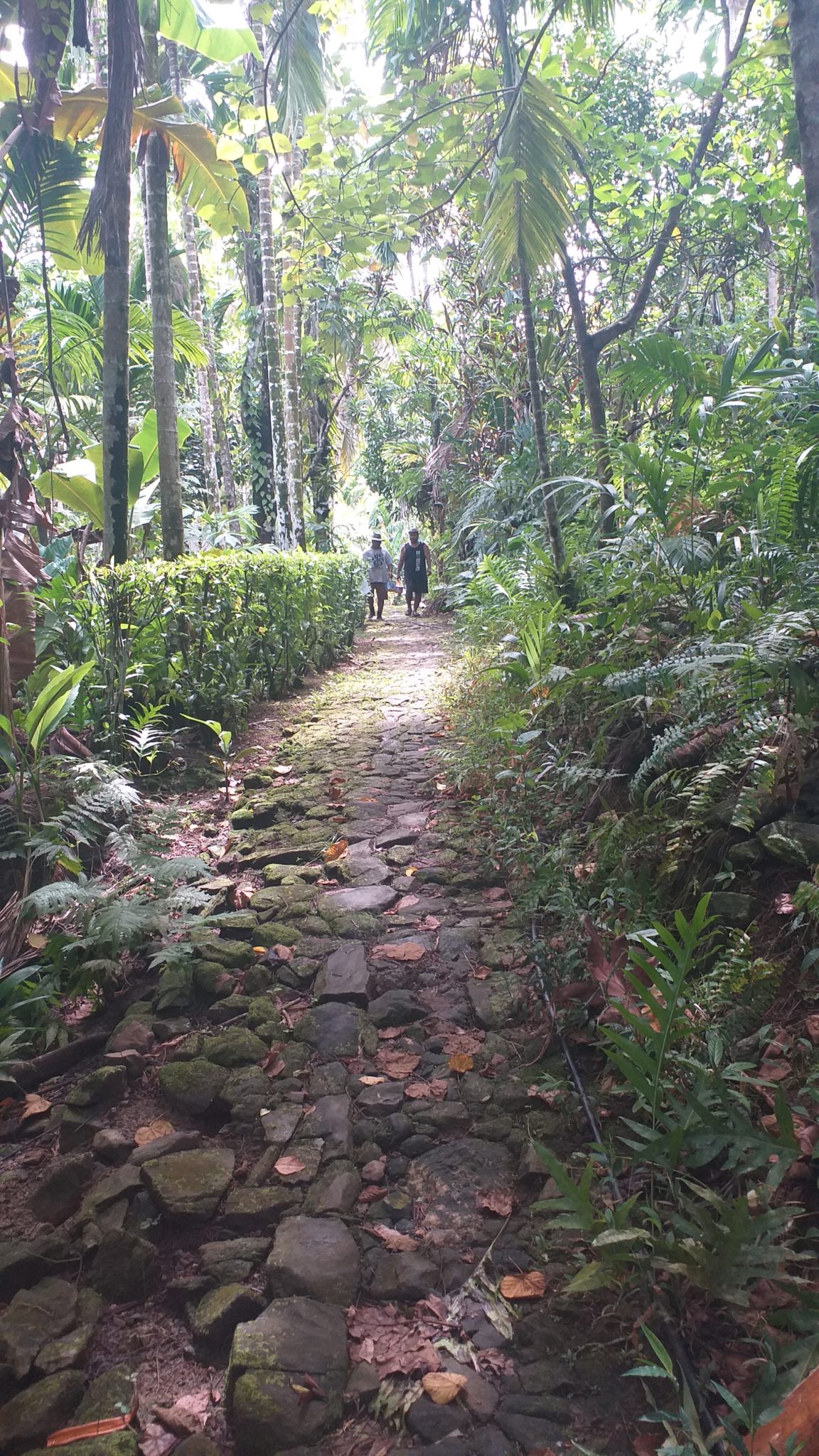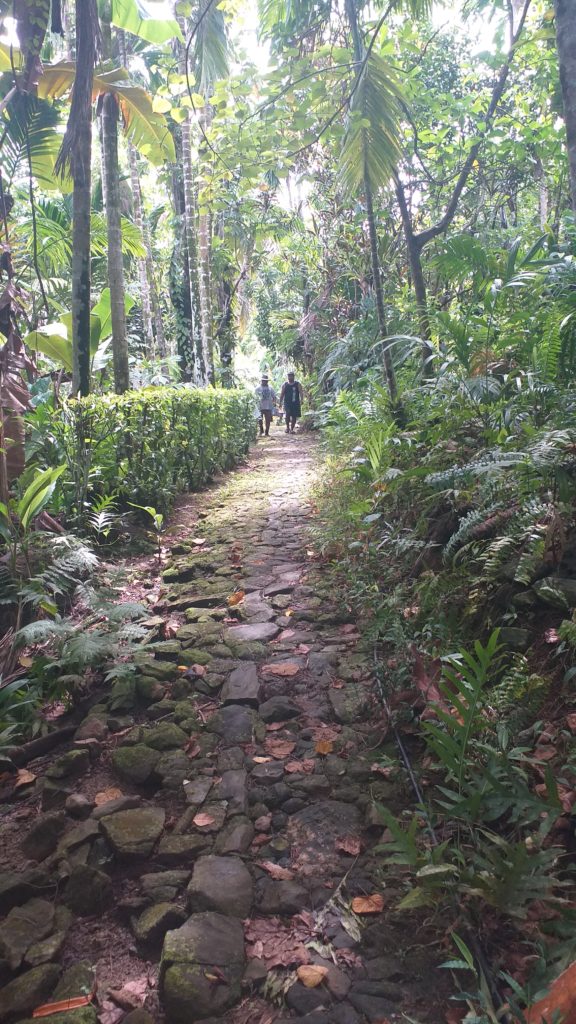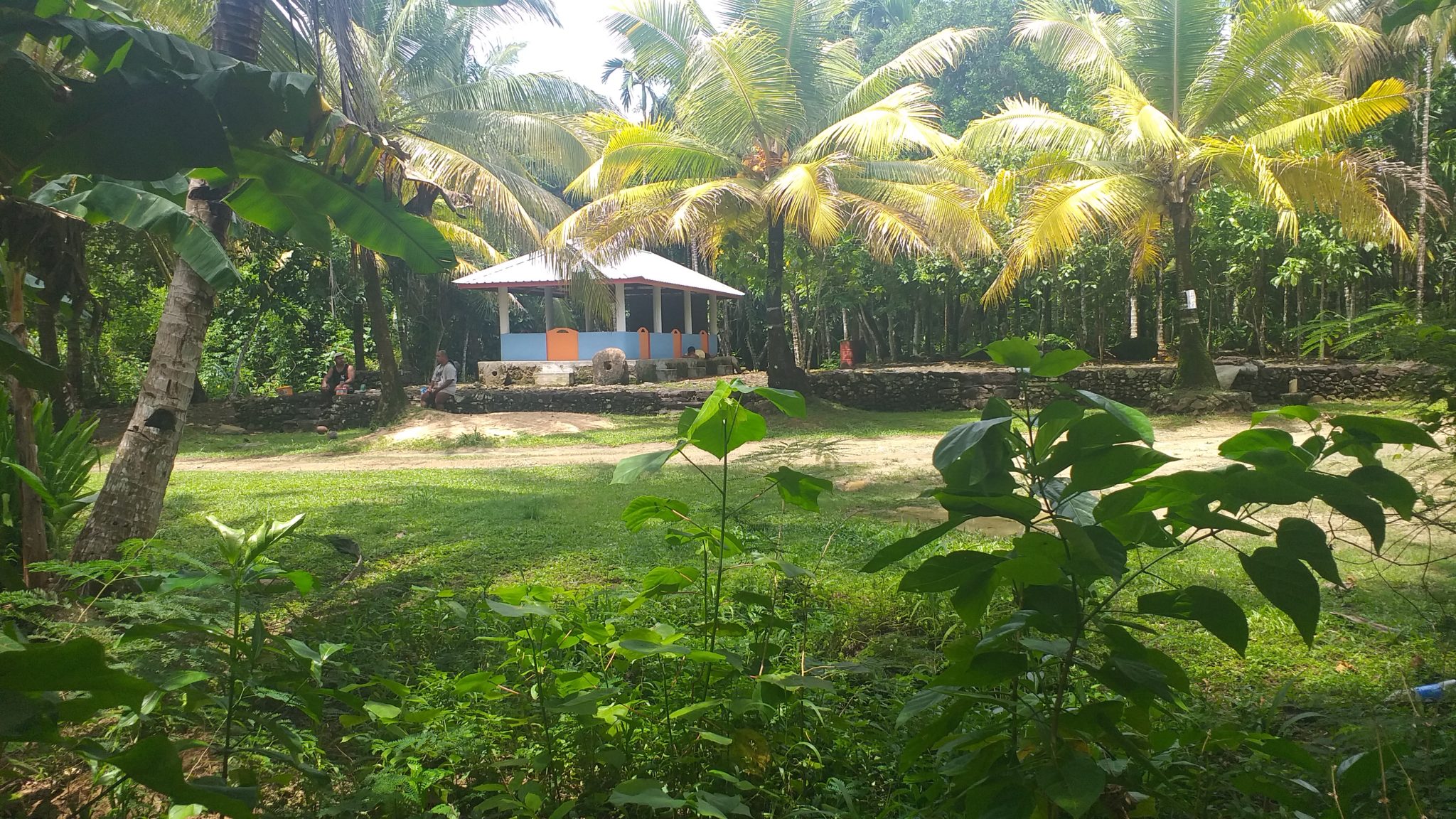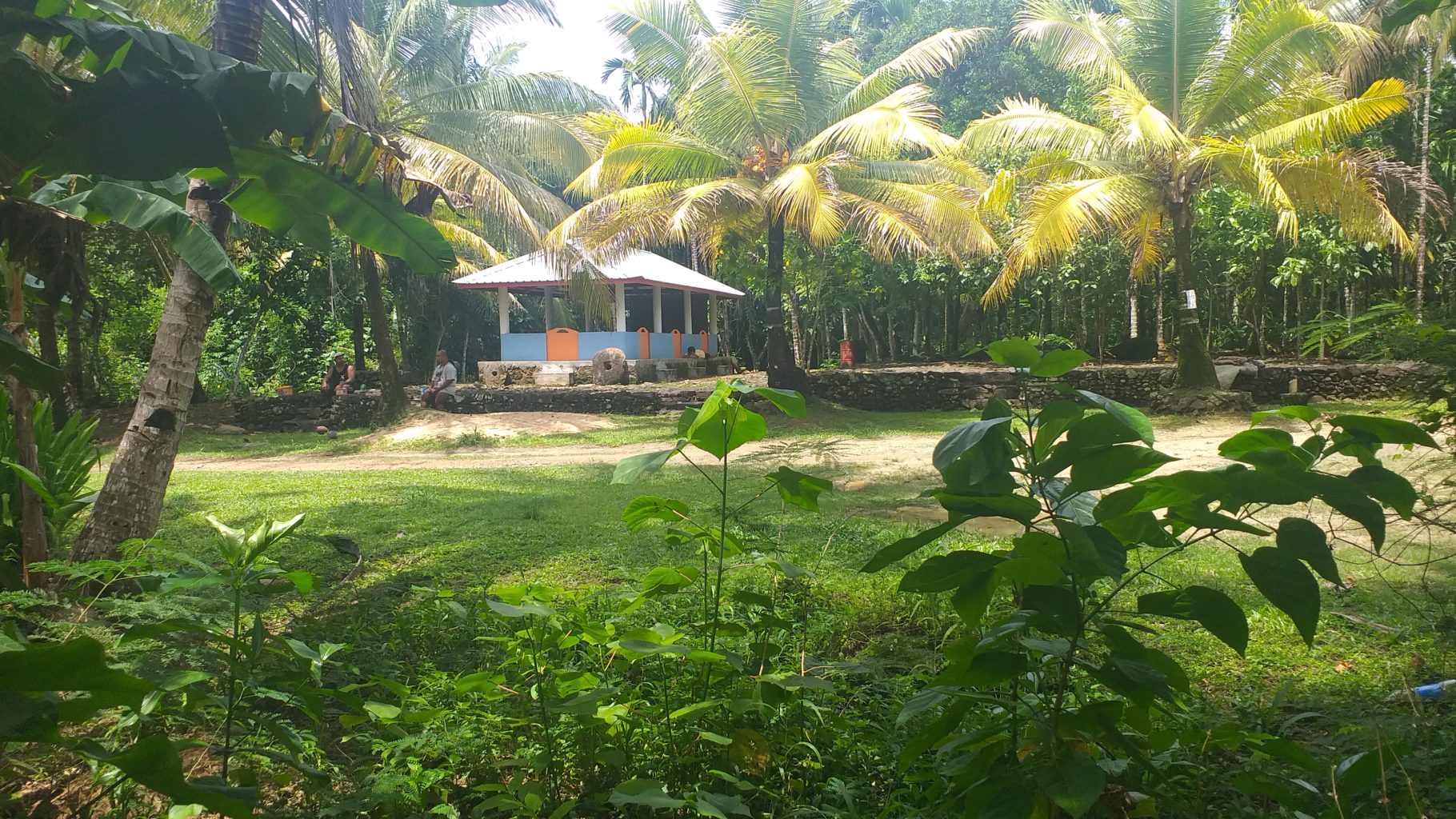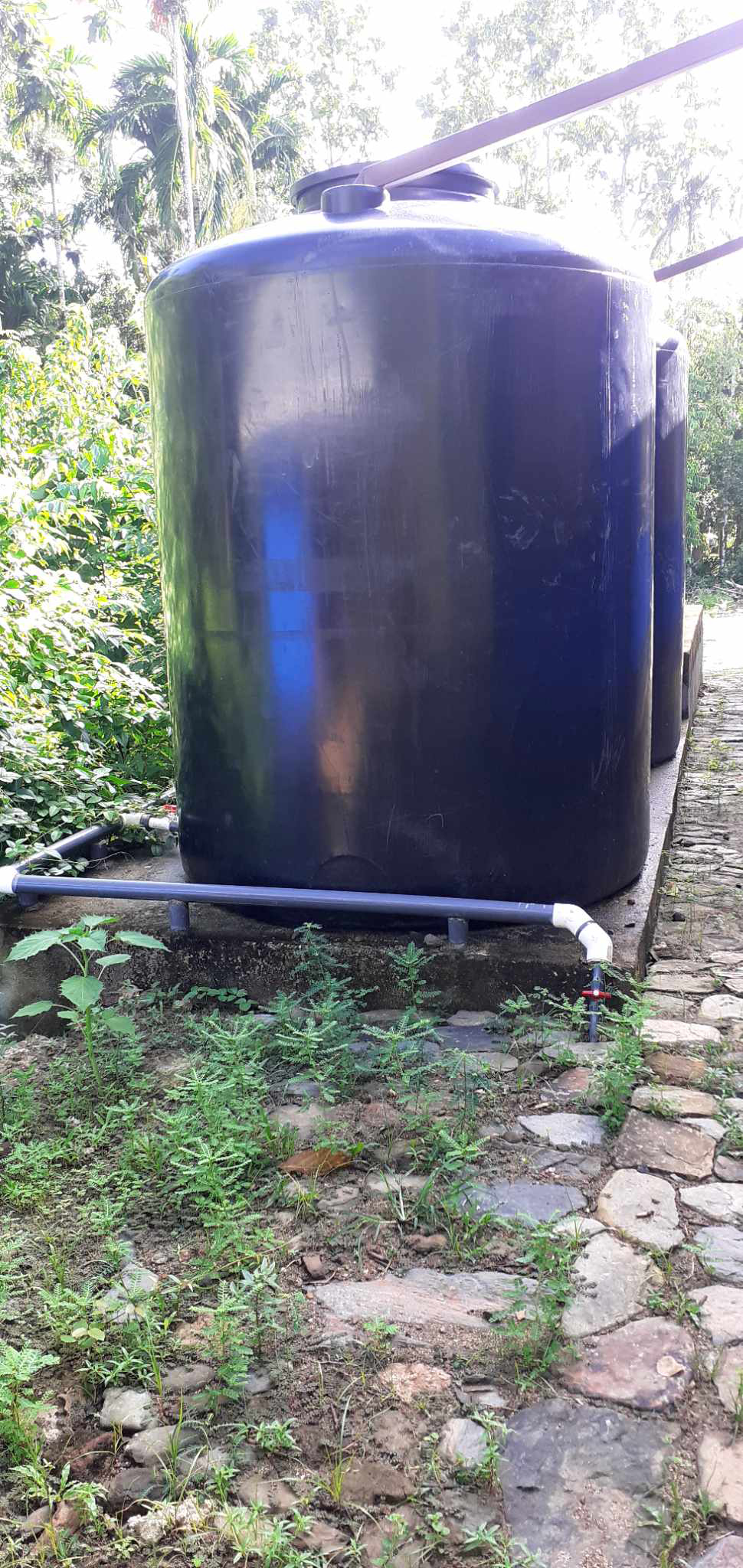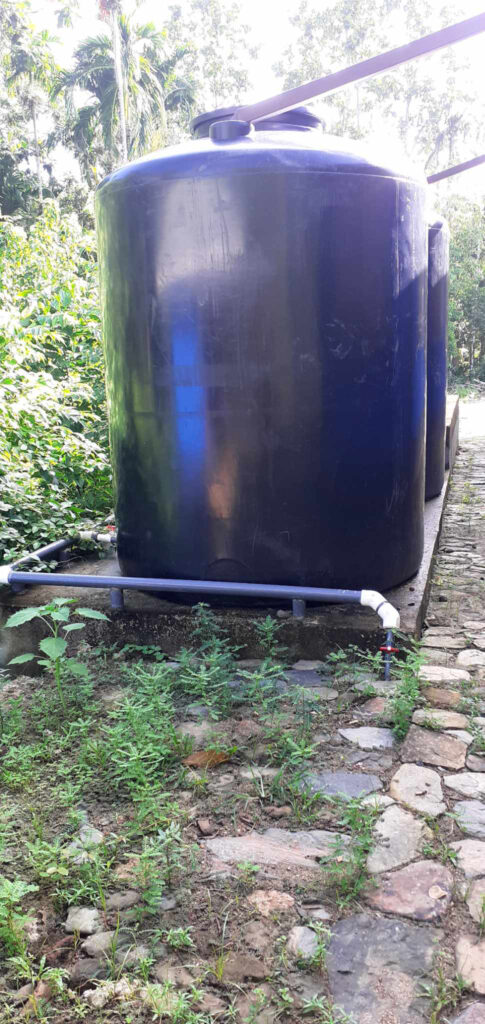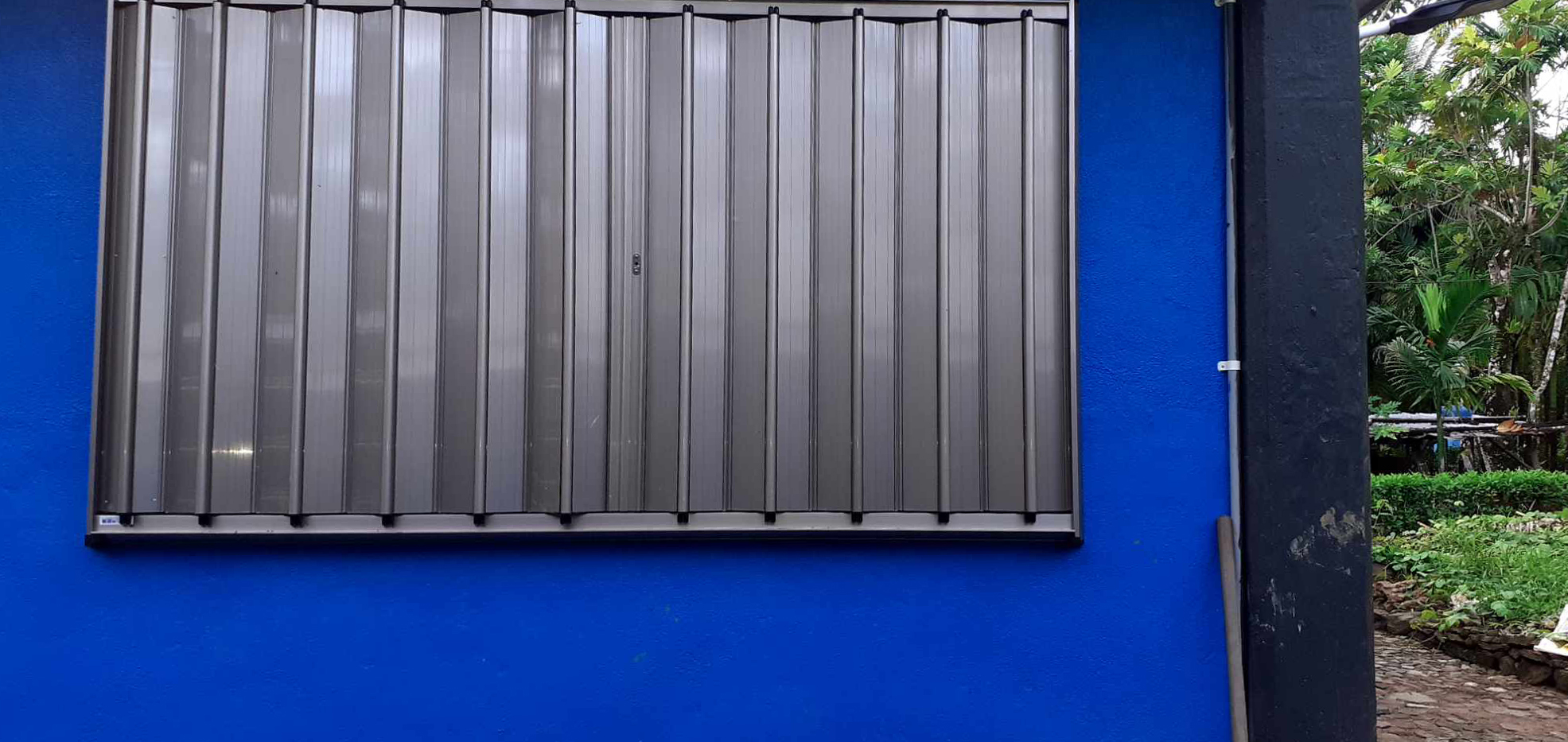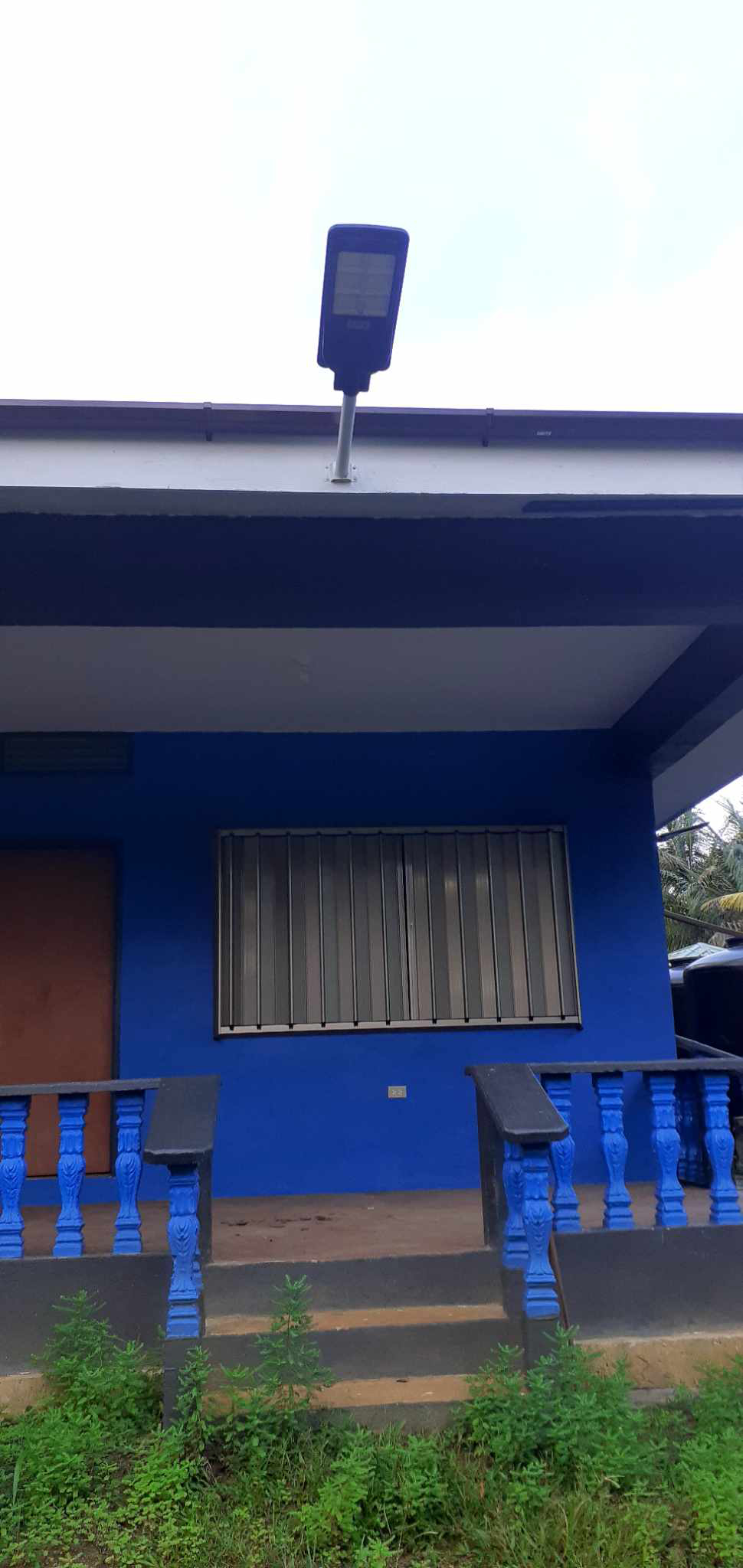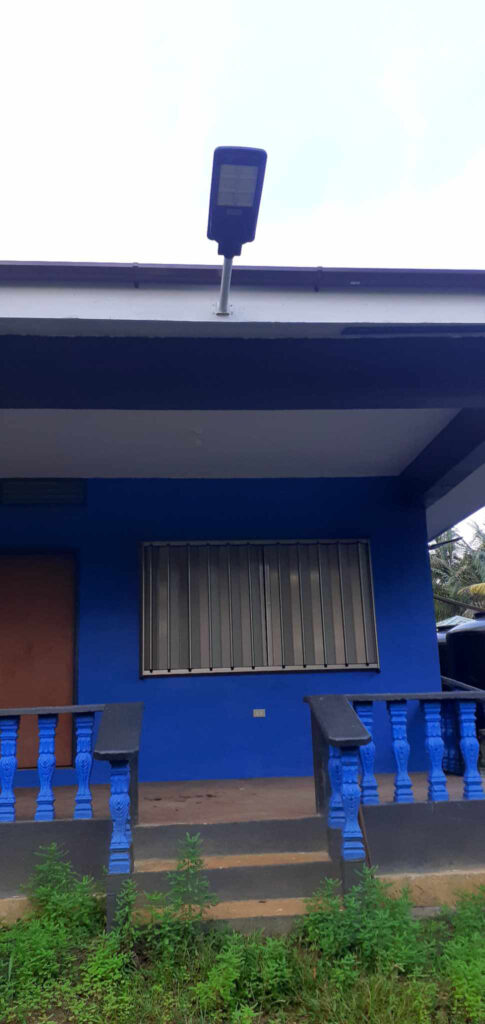The villagers of Riken, who depend on the sea for their livelihood, became concerned about overfishing and decided to take action. They created a new 151-acre no-take zone off their shore, where no fishing or boat traffic is allowed.
Because village residents are on the shore or out on the water every day, it is easy for them to keep an eye on the protected area. Anyone who violates the rules is subject to a fine of at least $500 for each incident—and to encourage enforcement, the person who reports a violation may receive up to half of the amount of the fine.
The new protected area contains an outer coral reef habitat, which provides refuge and food for reef fish as well as for pelagic animals such as sharks, manta rays, and marine turtles. It is also the primary nursery of 63 giant clams, the huge creatures that are the world’s largest bivalve and an integral part of healthy coral reef ecosystems. They share many properties with live corals, including a symbiotic relationship with the algae that give the clams their eye-popping colors.
The species found here is the southern giant clam (Tridacna derasa), which can grow up to a meter in length. Populations of these amazing animals have been declining for years, and giant clams have vanished entirely from many places where they were once common. Setting aside this area will let the clams grow undisturbed, helping to restore the balance of the ecosystem.
The community is using a Seacology grant to add restrooms and showers to their pebay, or community meeting house. Our nonprofit partner for this project is the Yap Community Action Program. Seacology has worked with YapCAP since 2005 on half a dozen successful projects to protect mangroves and marine areas.


